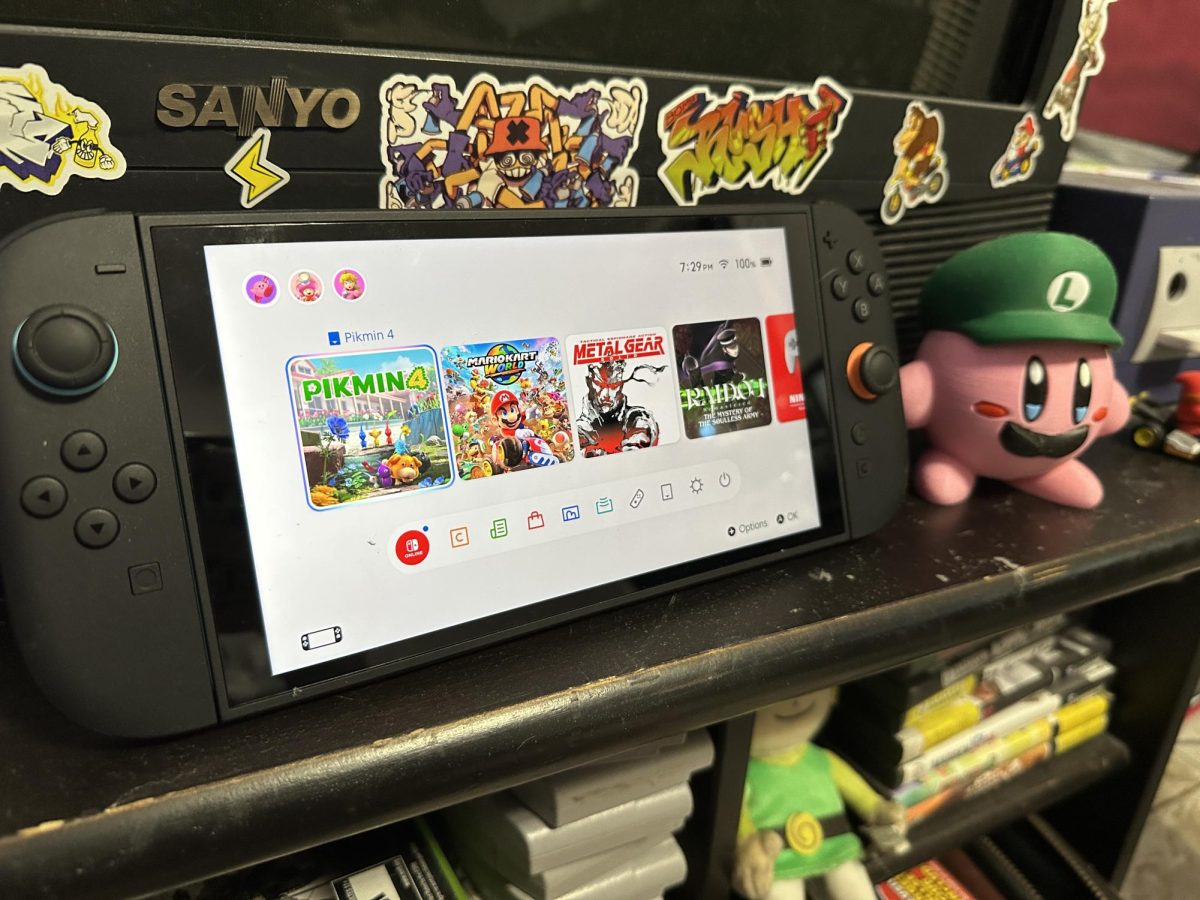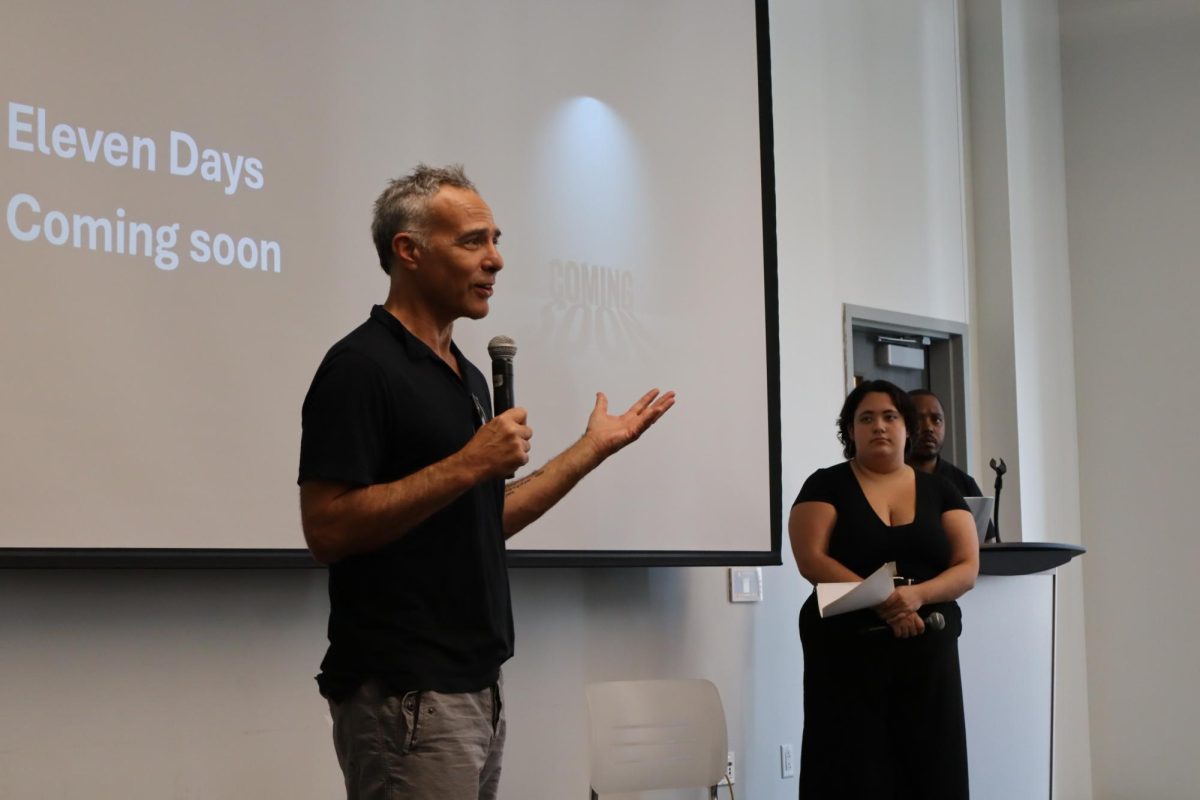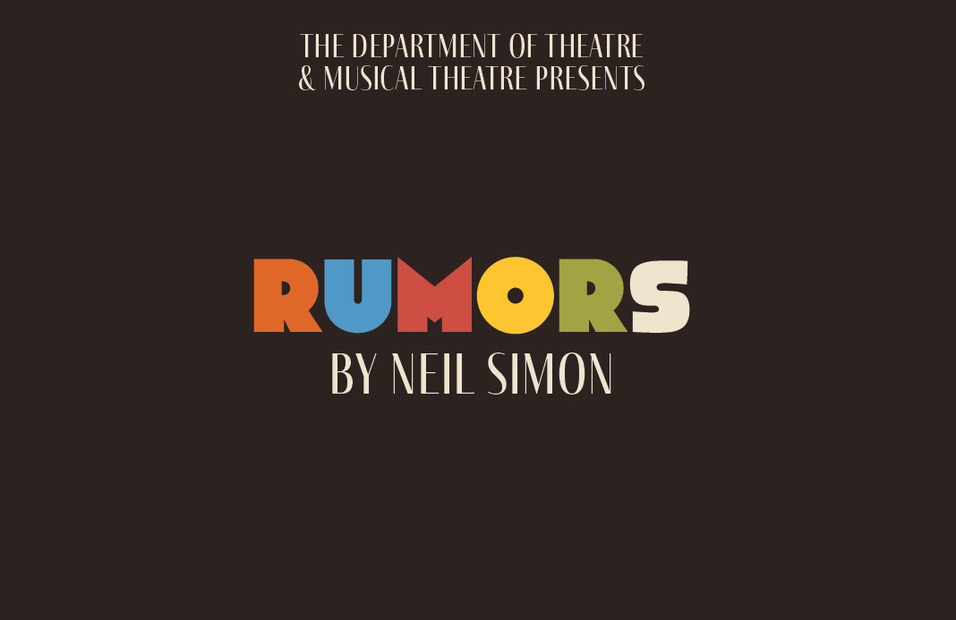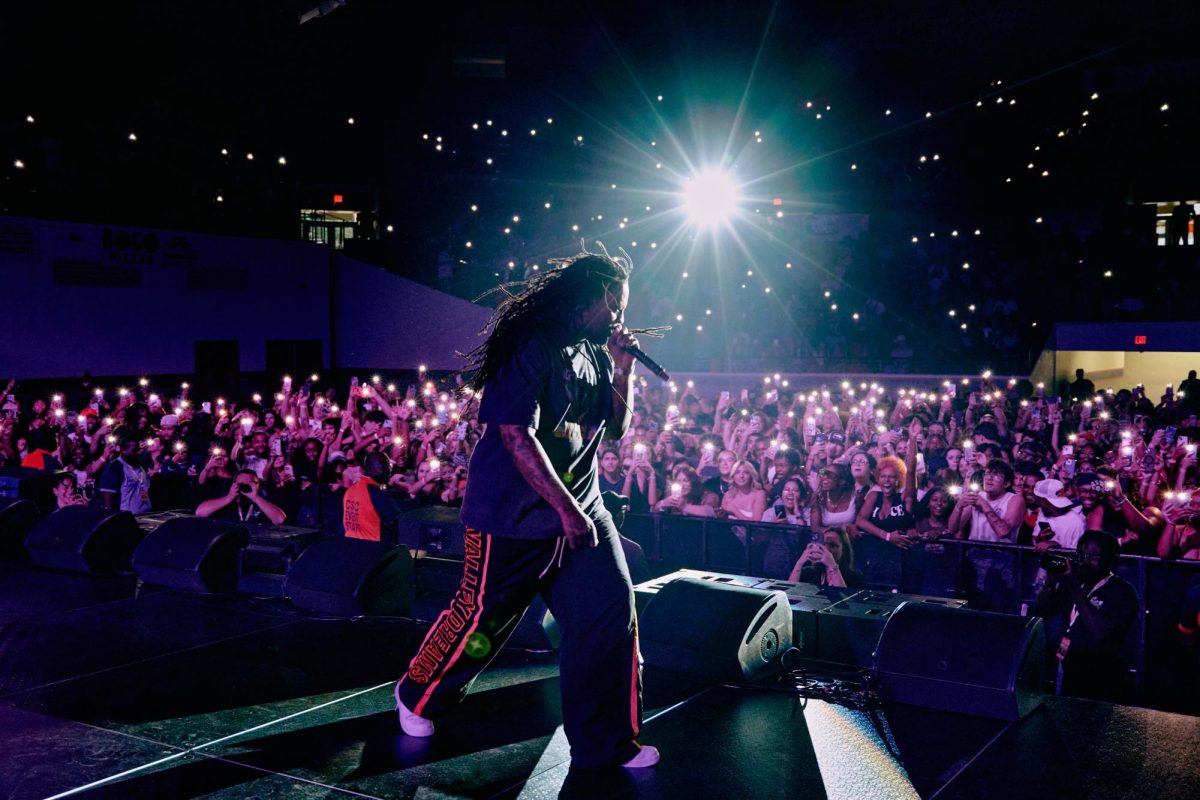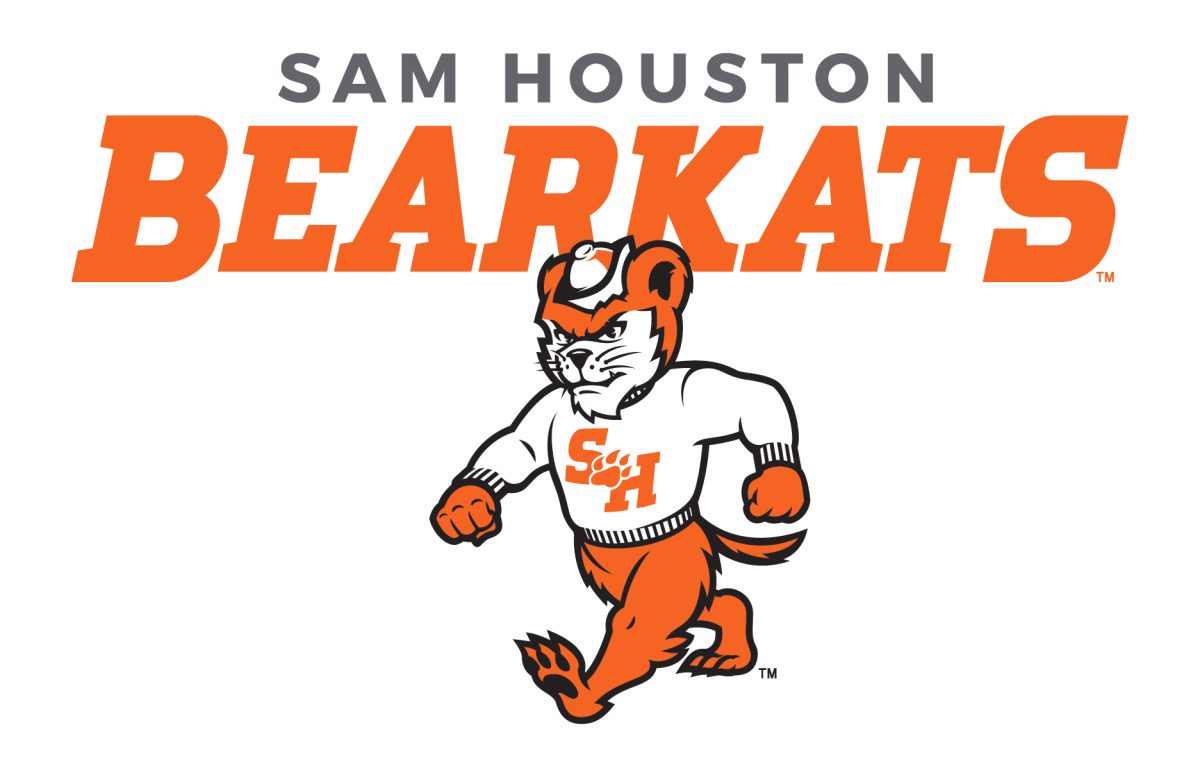The long-awaited successor to the Nintendo Switch, the creatively dubbed “Nintendo Switch 2”, finally went on sale June 5. Hype among fans was evident—stores across the nation had lines spilling out the front doors, special midnight releases, and even a few product shortages. However, the console was also the source of some frustration, thanks to a steep price hike to $450, a 50% increase from the original Nintendo Switch. Fortunately, I was able to get my hands on both the console and its flagship launch title, Mario Kart World, to see if the upgrade is truly worth it.
Under the Hood: The Specs
From a hardware perspective, the Switch 2 is definitely an improvement. Not only is the console physically larger, but owners will enjoy a significant upgrade in internal storage–256GB compared to the original Switch’s 32GB. Video output has also improved, moving from 720p (handheld) and 1080p (docked) to 1080p (handheld) and 4K HDR (docked). The console’s RAM has tripled from 4GB to 12GB, and the system is now capped at 120 fps, doubling the 60 fps of its predecessor.
Nvidia, the California-based technology company that helped revolutionize the original Switch’s hardware, returned to create more custom chips for Nintendo, giving the console a substantial performance boost. On paper, the Switch 2 leaves the original in the dust. The GPU’s jump from 256 to 1536 CUDA cores puts it closer to relatively powerful PCs, promising smoother performance, sharper visuals, and a system that can finally keep up with modern games. The CPU’s doubled core count should give developers the horsepower they need to realize more ambitious ideas without scaling down to fit weak hardware. Technical jargon aside, this is a handheld built to compete with current-generation consoles. In my opinion, these improvements alone are enough to justify the price–but there’s more to a console than specs.
Hands-on Impressions
The Nintendo Switch 2 feels excellent in the hands. While I rarely play in handheld mode, I always abhorred the Joy-Cons on the original Switch. The buttons and sticks were far too small, seemingly optimized for casual rather than competitive play. The Joy-Con 2s are a noticeable upgrade. Their increased size and wider buttons make for a more comfortable experience–though I still prefer the Pro Controller. Only time will tell whether the dreaded “Joy-Con Drift” will return to plague early adopters.
The menu UI is a similar, albeit refined, version of its predecessor. Fans hoping for new menu themes beyond the prosaic “black” or “white” will be disappointed. Aside from some new icons and jingles, the interface is essentially unchanged.
Fortunately, transferring my data from the old console to the new one was simple. After initiating the process, I watched a progress bar for about twenty minutes, and all my games were moved over. Just be sure you still have the original console physically present–the transfer requires both devices to be nearby.
The Open Road: Mario Kart’s New Era
Never in my life did I expect Mario Kart to be at the center of industry controversy. Alongside the Switch 2, Nintendo released Mario Kart World with a price tag of $80–$10 higher than the standard AAA game price in recent years. Paired with the high console cost and a lack of other major launch titles, this raised eyebrows. To many, Mario Kart is just a party game, something you dust off for casual gatherings–not necessarily a title you’d pour hundreds of hours into. So how does Nintendo justify the premium?
The big innovation is the introduction of an open world. At first glance, it seems like an odd concept for a kart racer, but in practice, it’s quite intriguing. Instead of each course being a self-contained level, every track is now a segment of one large, interconnected map. You can drive seamlessly from Peach Beach to Bowser’s Castle without hitting a single loading screen. In Grand Prix mode, players race from one area to the next as part of a continuous run, rather than racing four separate tracks.
A new battle royale-style mode called Knockout Tour throws all 24 racers–the new player-count standard–into a high-stakes marathon across the map. Racers not in the top spots at each checkpoint are eliminated until one winner remains. Competitive players will also enjoy new mechanics like jumping, rail-grinding, and wall-riding, providing more ways than ever to shave seconds off your time.
Complementing the open-world design is a new Free Roam mode, where players can explore the entire map without the pressure of competition. As expected, some critics feared the open world would feel “empty,” a common pitfall of this open-world design.. And while it’s not quite as barren as the early trailers suggested, I still didn’t find Free Roam very engaging. There are missions scattered throughout and several fun sights to see, and I appreciate how organically the tracks are woven into the environment. Still, I couldn’t bring myself to explore aimlessly for more than an hour.
Should You Buy It?
That’s hard to say. For me, it’s a worthwhile investment. I’m a massive Legend of Zelda and Fire Emblem fan, and I want to be ready for upcoming releases. I’m especially looking forward to Metroid Prime 4: Beyond and Kirby Air Riders, which are set to release later this year. I bought this console because I know I’ll get plenty of use out of it.
For the average consumer, though, it might not be essential. The original Switch is by no means obsolete. Still, with the Switch 2’s technical improvements, we’re already seeing major third-party developers bring larger titles to the platform. Games I never thought I’d see on a Nintendo console, like Elden Ring and Cyberpunk 2077, are now available in the eShop. Even Elden Ring developer FromSoftware is releasing a Switch 2 exclusive: The Duskbloods.
This has been a strange launch, to say the least. Where Nintendo goes from here remains to be seen. All we can do now is wait.


